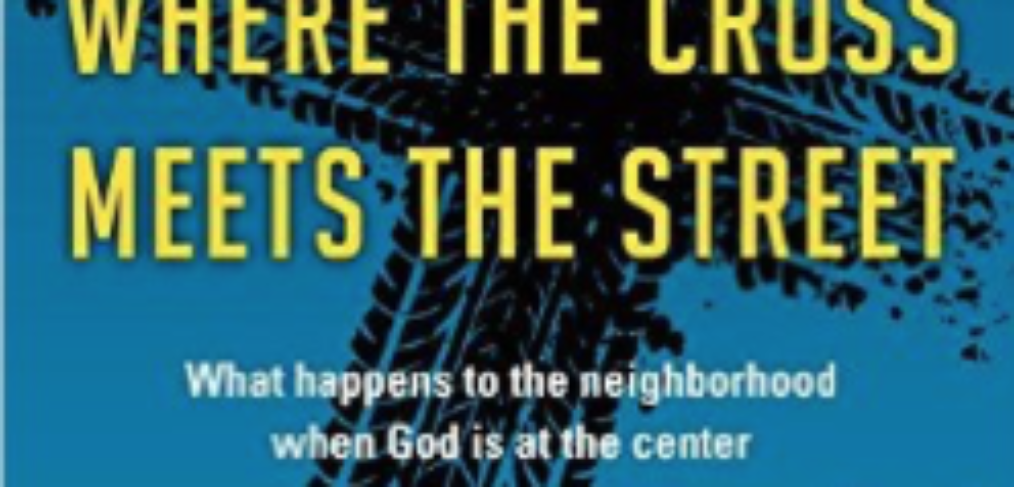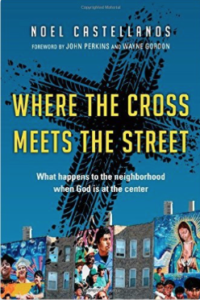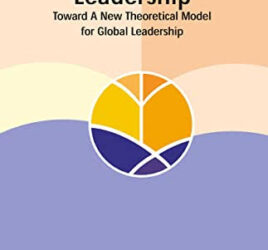
Where the Cross meets the Street
 The book takes the reader on the life and ministry journey of the author. Noel Castellanos was born an America to parents of Mexican heritage. Interspersed within the pages of the book are stories of his family life growing up, marital tension in his parent’s home, his journey of faith, finding a wife, raising a family in the “tough part of town”, developing as a Christian minister and leader, caring for the disadvantaged in society, professions of faith (including his parents) and amazing stories of tenacity and perseverance among those he ministers to.
The book takes the reader on the life and ministry journey of the author. Noel Castellanos was born an America to parents of Mexican heritage. Interspersed within the pages of the book are stories of his family life growing up, marital tension in his parent’s home, his journey of faith, finding a wife, raising a family in the “tough part of town”, developing as a Christian minister and leader, caring for the disadvantaged in society, professions of faith (including his parents) and amazing stories of tenacity and perseverance among those he ministers to.
The story is told in the first person. Early in the book the author admits to the struggle he had embracing a “seemingly white, North American version of Jesus”. One of his “ah hah” moments is when he discovers that Jesus is not white. ” His journey of faith leads him to realize, “to be faithful to the mission of Jesus in vulnerable neighborhoods, we must expand our current paradigm of gospel-centered ministry to make certain that it puts the millions of people surviving on the fringes of our world at the center of our concern, because the margins are the center of God’s concern.” He and his wife therefore dedicate a major portion of their lives to ministering to an Hispanic community, many of whom are in the USA illegally, situated in the city of Chicago, USA.
There are some deep cultural issues that exist in the USA which may not be well understood by an international audience and an international church pastor may stop reading the book too soon before getting to the main message. Some evangelicals will stop reading on page 60 (1/3 of the way through) where there are several pages dedicated to the Virgin of Guadalupe story and the necessity to understand the significance of this apparition to Mexican people. Nevertheless, the issue of understanding a culture in order to minister effectively does become clear as the story unfolds.
Keeping in mind this is one man’s personal story and in the story we learn some truths about ministering to people on the margins it is well worth reading through to the end. In the process the author’s theology becomes clear. The incarnation consist of these four issues: Proclamation and Formation; Demonstration and Compassion; Restoration & Development; Confrontation of Injustice. Applying these truths in situations outside of the USA will take some work for a practitioner because the illustrations are very unique to cultural issues, political challenges, and ethnic divisions and animosity in the USA at this time in history.
KR Paton
August 2017



